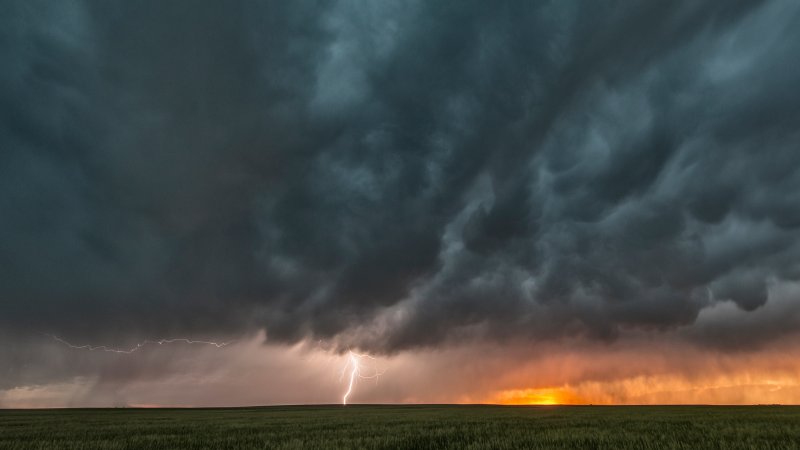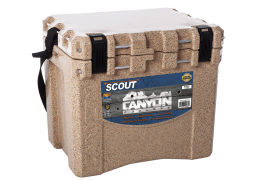
With new weather tracking technology, the world’s unpredictable weather is becoming less a mystery—but even more intriguing. Photo: antonyspencer / iStock
Earlier this year, an ice storm moving across the Midwest caused power outages in thousands of homes, a 20-car pileup in Wichita, Kansas, and six deaths. It was one of the nastiest weather events of the season, but it was notable for another reason: it was the first to be tracked by NOAA’s new geostationary weather satellite. Launched last November, the GOES-16 is among a new fleet of NOAA spacecraft that will dramatically improve the weather data available to scientists and meteorologists. This means everything from more accurate forecasts for powder chasers’ weather apps to robust images of hurricanes rolling toward the eastern seaboard. “For forecasters, these satellites are the most critical tools we have,” says Joe Pica, director of NOAA National Weather Service’s office of observations. “The GOES-16 is game-changing.”
…





